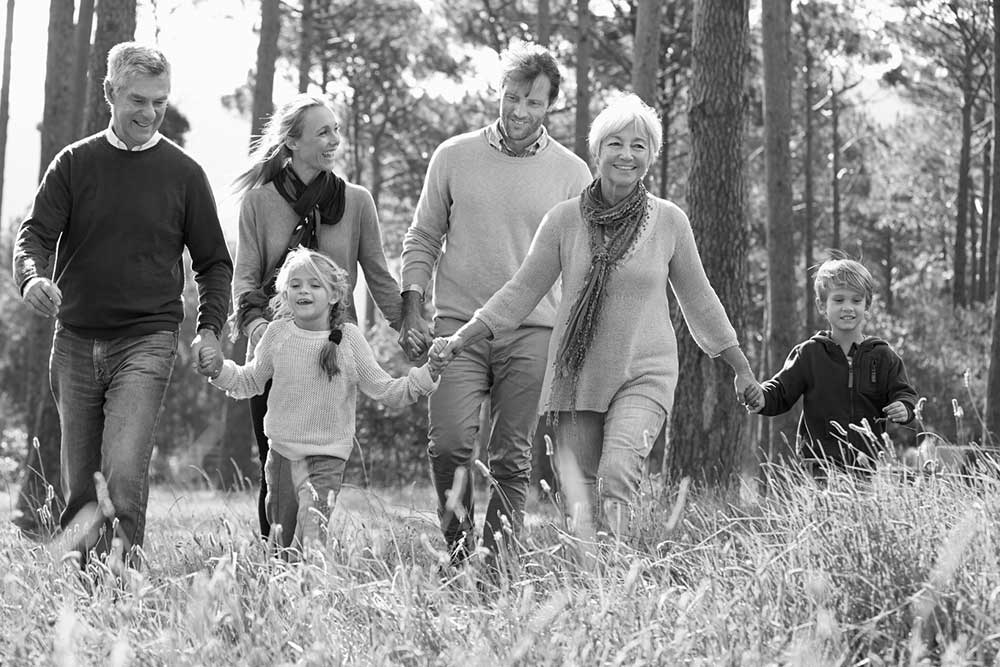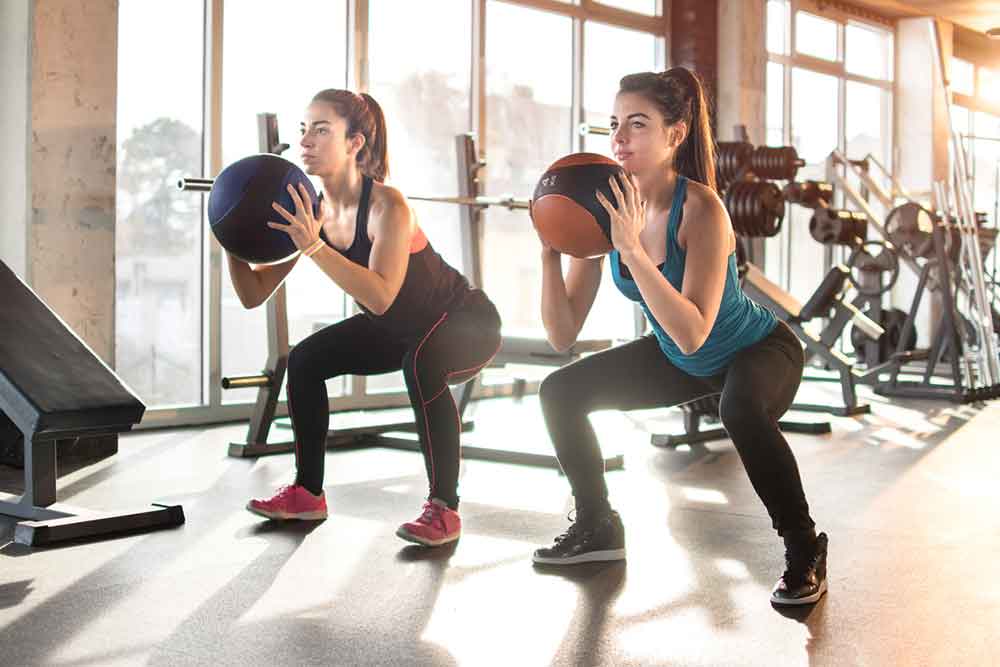16-Week Training Program to Help Promote Health

Julia Basso
A recent article I wrote focused on the beneficial effects of a multimodal exercise program on “inflammaging”, or the phenomenon of increased brain inflammation as we age.
The same group that conducted this research at the Federal University of Sao Carlos in Brazil also showed how this fitness regimen improves cognitive functioning in a group of individuals with mild cognitive impairment (MCI) and increases levels of brain-derived neurotrophic factor (BDNF), a protein involved in both brain growth and cognitive functioning (Nascimento et al., 2015).
Because of the positive impact of this multimodal exercise program on a variety of health variables, I wanted to describe the training regimen in detail so that you might be able to utilize it to your benefit.
Related Article: Exercise and “Inflammaging”
This 16-week training program
The program is intended for individuals 60 years of age and older. It includes three one-hour sessions per week that are intended to be aerobic in nature. That is, you are to keep your heart rate between 60 to 80 percent of your maximum heart rate, simply calculated as 220 minus your age. All workouts incorporate a 5-minute warm up that consists of gentle stretching and walking in different directions and a 10-minute cool down that consists of stretching and gentle walking. The main 45 minutes of the workout are devoted to training in the areas of muscular resistance, aerobic fitness, and motor coordination and balance. The training program consists of 4 phases, which each lasts for 4 weeks. Each phase of the exercise routine is described here.
Phase 1 (Weeks 1 to 4):
The muscular resistance portion should include exercises that are performed with light-weight materials, such as rubber-bands, thera-bands, batons, and balls. These tools are used to exercise all main and large muscle groups including the back, chest, biceps, triceps, shoulders, quadriceps, hamstrings, calf, and tibialis anterior (located near the shin). Each muscle group should be exercised three times for one minute, with 30 seconds of rest in between. The aerobic fitness portion should include intense walking in different directions, walking while shifting support from the heels to the toes, and marching in place while moving the arms up and down. For the motor coordination and balance portion, rhythmic activities using the upper and lower limbs as well as recreational activities that stimulate the vestibular system (the system in our body that provides our sense of balance and orientation) should be performed.
Related Article: The Top 3 Tips To Improve Your Balance
Phase 2 (Weeks 5 to 8):
For the second phase, use different equipment for the muscular resistance portion including medicine and bobath balls. Additionally, increases to the resistance should be made on the rubber-bands and thera-bands. Each muscle group is to be exercised three times with 15 to 20 repetitions maximum (RM), with 30 seconds of rest in between. A RM of 1 means that this is the heaviest weight you can lift with maximum effort in a single repetition.
Therefore, an RM of 15 to 20 means the heaviest weight you can lift when performing 15 to 20 repetitions. The aerobic fitness portion should include greater intensity walking, cross lateral walking, and walking while touching the knees with the hands. For the motor coordination and balance portion, more complex rhythmic activities with the upper and lower limbs should be included. Additionally, recreational activities should be added that primarily stimulate the somatosensory and proprioception systems. These systems process information about touch and the position and movement of the body.
Phase 3 (Weeks 9 to 12):
For the third phase, apply intensity overload to the muscular resistance portion. This means that you use the maximal amount of weight/resistance possible without causing overtraining, injury, or burnout. Ankles and barbell weights should also be inserted in the training routine. For the aerobic fitness portion, light running is encouraged if possible. Finally, the motor coordination and balance portion includes trunk movements combined with upper and lower limb movements as well as recreational activities that combine visual, vestibular, and somatosensory exercises.
Phase 4 (Weeks 13 to 16):
For the final phase of this program, maintenance of the muscular resistance routine should continue. Overload adjustments should be made if necessary. The aerobic fitness portion should incorporate walking and light running. The heart rate should be maintained at 70-80% of maximum heart rate. Finally, the motor coordination and balance portion should now include circuits and walking across obstacles likes steps, hoops, and trampolines with a variety of different somatosensory stimuli (i.e., different surfaces).
 This progressive 16-week training program can:
This progressive 16-week training program can:
1) improve the cholesterol profile
2) decrease markers of inflammation
3) enhance proteins associated with brain growth and learning and memory
4) improve cognitive functioning, especially in the area of executive functions such as attention, short-term memory, planning, and problem-solving
This 16-week training program multimodal exercise program incorporates exercises of muscular resistance, aerobic fitness, and motor coordinate and balance. It certainly has the benefit of having a holistic effect on the body. Studies like this, however, make it difficult to determine which of these aspects contributes to the positive outcomes. Other research shows that exercises that increase your cardiopulmonary fitness (VO2 max) certainly contribute to positive gains in cognitive functioning and markers of well-being. We need future research to determine if muscular resistance and motor coordinate and balance exercise can be just as powerful.
Related Article: Quick Facts For A Healthier You
References:
Manuela Crispim Nascimento, C., Rodrigues Pereira, J., Pires de Andrade, L., Garuffi, M., Leme Talib, L., Vicente Forlenza, O., … & Stella, F. (2014). Physical exercise in MCI elderly promotes reduction of pro-inflammatory cytokines and improvements on cognition and BDNF peripheral levels.Current Alzheimer Research, 11(8), 799-805.
Nascimento, C. M. C., Pereira, J. R., Pires de Andrade, L., Garuffi, M., Ayan, C., Kerr, D. S., … & Stella, F. (2015). Physical exercise improves peripheral BDNF levels and cognitive functions in mild cognitive impairment elderly with different bdnf Val66Met genotypes. Journal of Alzheimer’s Disease, 43(1), 81-91.
You Might Like:
















